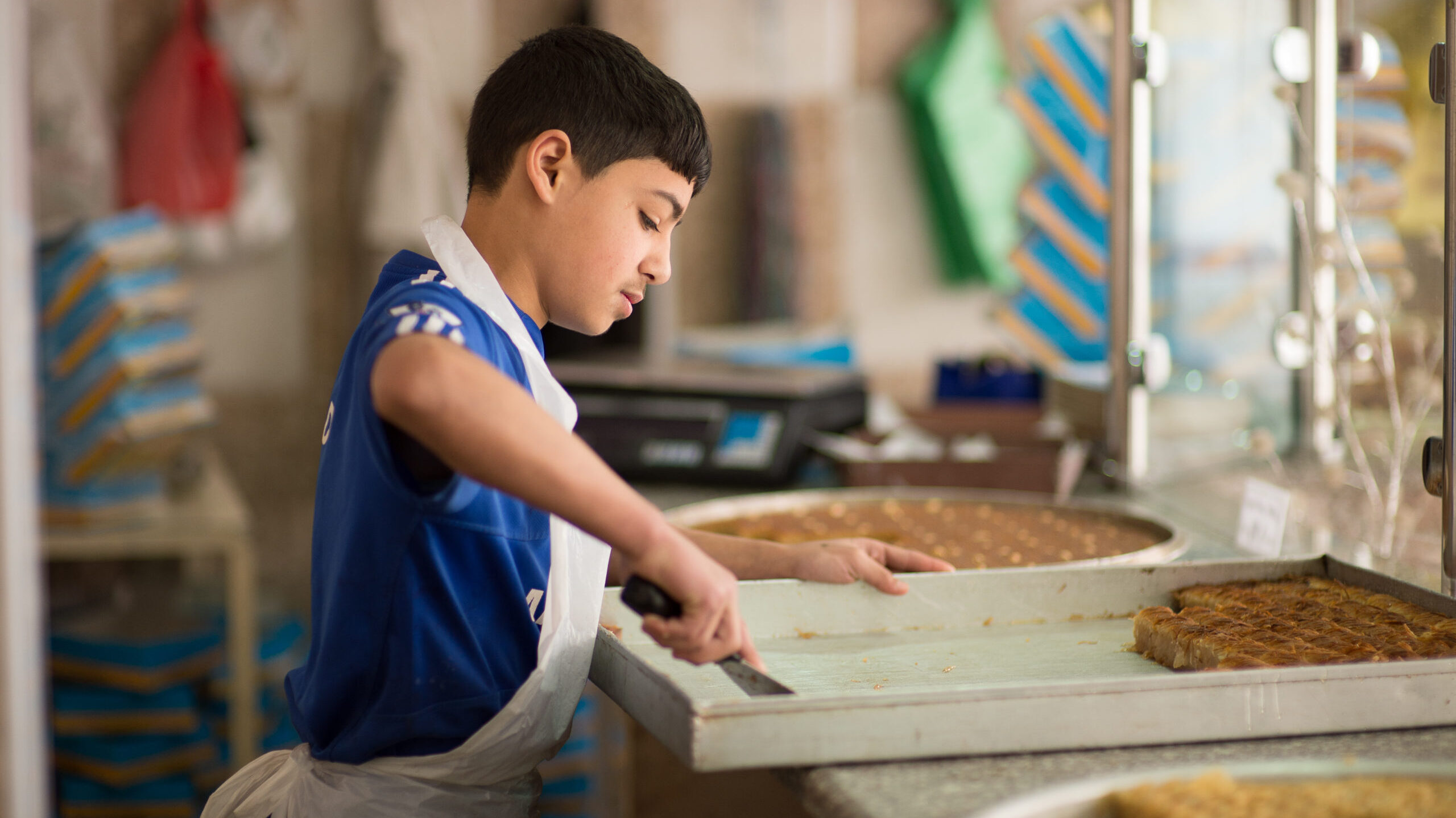The different countries included in the WNCB programme varied greatly in their economic development, political systems and socio-cultural characteristics. However, our studies also revealed similarities between countries. The most notable of these was the presence of persistent patriarchal beliefs and norms in all countries, particularly in relation to what constitutes work. Within this theme, beliefs and norms about what constitutes work varied from country to country, as did the ways in which they affected girls and boys.
The involvement of girls and boys in child labour reflects not only poverty in communities, but also beliefs and norms about the roles assigned to men and women (children and adults). Boys’ and girls’ engagement in child labour also varies depending on household structure and family dynamics; the quality of, access to, and value attached to education; and the broader socio-political context of the country and community.
Patriarchal systems remain strong in the programme areas and negatively influence men’s attitudes towards family welfare. These systems make it difficult for women and girls to access education and participate equally in society.


The gender analysis conducted by our team in 2022 revealed the following differences between boys and girls in terms of child labour:
- More boys are involved in child labour than girls.
- Boys have more freedom to make decisions about work than girls do.
- Working boys are more mobile than working girls.
- Unlike working boys, most working girls are handed over to employers by their parents.
- Girls are more likely than boys to be employed or involved in domestic work. If they do go to school, they are often burdened with household chores after school hours, contributing to gender bias.
- Girls are paid less than boys.
- Girls face discrimination in higher education. With less opportunities to continue their studies than boys, girls often end up in child labour.
- More boys than girls are employed in agriculture.
- Working girls are at greater risk of sexual abuse than boys.
- In some countries and areas, child marriages are prevalent. This means girls are less likely to get an education and more likely to end up working.
- Boys can also be victims of gender discrimination, particularly in societal expectations regarding work and education.
Differences between job opportunities and economic opportunities for adults also influence children. Some differences between men and women in terms of work are:
- There is a wage disparity between men and women for the same work.
- There is a gender disparity in work selection; women are often excluded from higher paying jobs.
- Women (and girls) often have less participation in decision-making at household, community and policy levels.
More challenges
We have found that children often work away from the family home and are ‘tricked’ into child labour. Children who are ‘mobile’ and have to travel from A to B on a daily basis are more at risk of exploitation or disappearance. Additional challenges for these children are the porous borders between states, and the lack of strictness at checkpoints and security posts.
Another challenge that perpetuates child labour is that many children, both in and out of child labour, are unaware of their rights. Children in child labour often don’t know that they are in an abusive situation and should be protected. They are also unaware of existing protection systems. This makes it harder for them to get out of child labour. Most parents and other stakeholders also often don’t know enough about children’s rights regarding work and education. This general lack of awareness and knowledge perpetuates child labour in communities.
In addition to a lack of awareness, the lack of quality education in schools is a push factor for both boys and girls to start working at a young age. Problems in education include inadequate classroom space due to high enrolment, a shortage of teachers in remote areas, and a lack of quality vocational training programmes in youth training centres. The situation is particularly bad in areas where there are no schools at all and the distance to schools is too great for children to attend, or the walk to school is too unsafe for them to undertake.

